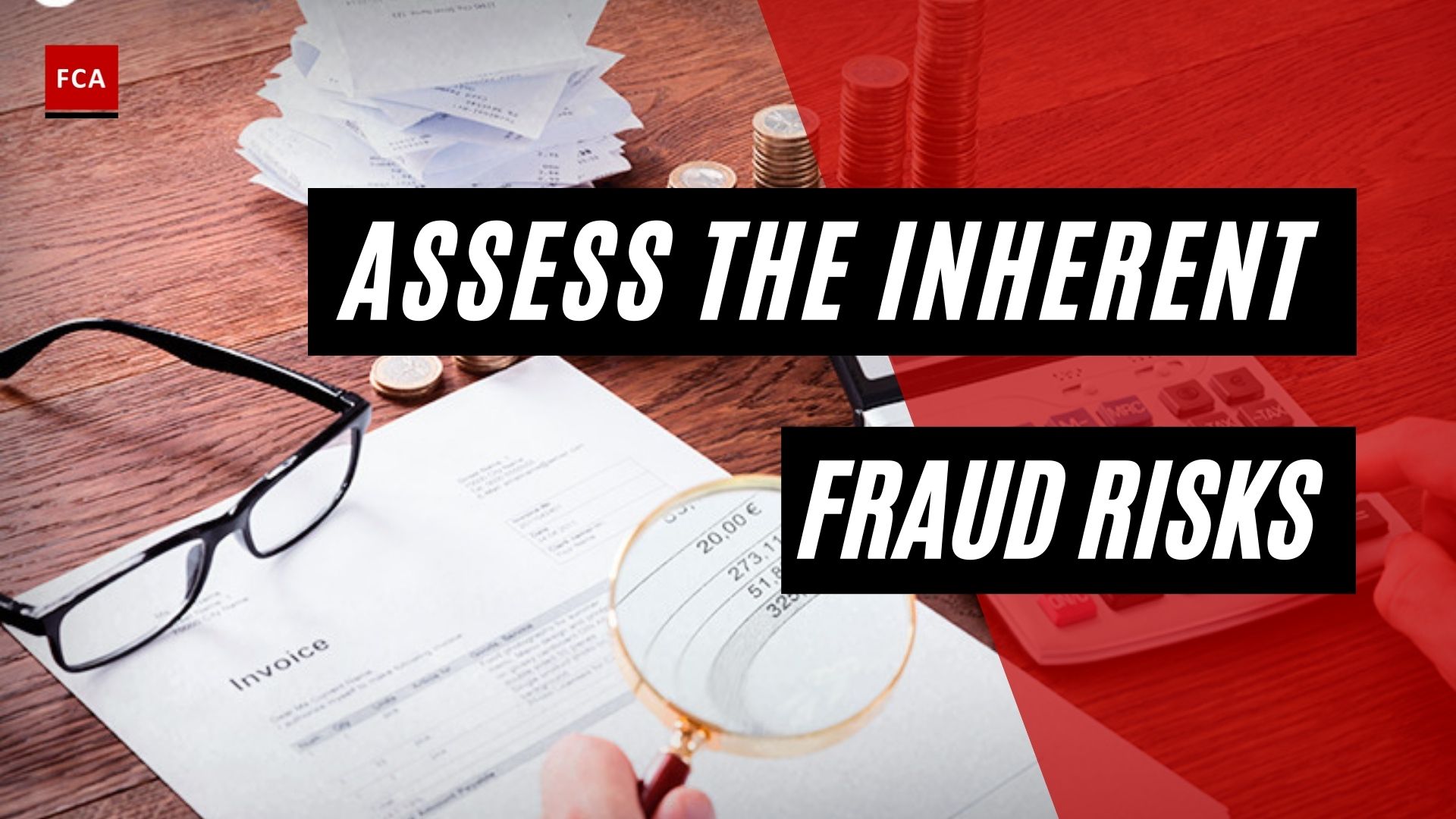Strategies for fraud detection, ranging from advanced data analytics and audits to law enforcement investigations and whistleblower programs, form a multilayered defense mechanism essential for both governments and businesses to effectively combat fraudulent activities.
Methods of fraud detection encompass a wide range of approaches, including advanced data analytics, internal and external audits, law enforcement investigations, and whistleblower programs, all of which collectively provide a comprehensive and multi-layered defense against fraudulent activities. In most cases, the frauds are not detected by preventative or detective measures but rather are identified through external or independent business functions or sources.

The Strategies for Fraud Detection
Fraud involving cell phones, insurance claims, tax return claims, credit card transactions, government procurement, and other areas poses significant challenges for governments and businesses, necessitating the use of specialized analysis techniques to detect fraud. These techniques can be found in the fields of Knowledge Discovery in Databases (KDD), Data Mining, Machine Learning, and Statistics. They provide applicable and successful solutions to various types of electronic fraud crimes.
In general, the primary reason for using data analytics techniques is to combat fraud, as many internal control systems have significant flaws. For example, many law enforcement agencies’ current approach to detecting companies involved in potential cases of fraud consists in receiving circumstantial evidence or complaints from whistleblowers.
As a result, a large number of fraud cases go unnoticed and unpunished. Businesses and organizations rely on specialized data analytics techniques such as data mining, data matching, sounds like function, Regression analysis, Clustering analysis, and Gap to effectively test, detect, validate, correct error, and monitor control systems against fraudulent activities. The techniques used to detect fraud are divided into two categories: statistical techniques and artificial intelligence.
Below are some methods of detection that help identify fraud.
Whistleblowing Hotline
Through a whistle-blower program, the organization demonstrates its commitment to good corporate governance and the establishment of a fraud risk management culture that promotes a high degree of ethics and belief in its stated corporate values.
The fraud management policy shall highlight the responsibility of the employees to report any identified fraud to the senior management of the company.
Usually, employees feel the reluctance to share the information with the management in the fear of losing their jobs. Therefore, the senior management should devise a policy where everyone in the organization or company is encouraged to share the information with the senior management without any fear. The management may establish the fraud hotlines as a means of encouraging the employees to report fraud incidents without any fear.
Such programs may be developed to:
- encourage the reporting of fraud incidents,
- allow for the appropriate investigation of the reported fraud incidents, and
- protect employees who disclosed the frauds to the management.
Fraud Database
The management may establish a database built to record the details of fraud incidents including the details of the progress of investigations. Such databases must be analyzed and monitored on an ongoing basis. This helps management in understanding the reasons and causes of fraud incidents. Management establishes and implements relevant processes and procedures to prevent the occurrence of similar frauds.
Communication And Training
The management must ensure that appropriate training is provided to the employees for the prevention and detection of fraud incidents. The training programs should be developed based on the complexities of the operations of the organization. Training programs should be very practical and focused on the requirements to identify and prevent fraud in the organization.
Every employee should be encouraged to identify the frauds in their respective departments and functions. The employees may be encouraged through awarding the prizes if the fraud incidents are identified and reported.
Internal Tip-off
The organization should establish the internal fraud deterrence processes, with the element of the internal tip-off, to ensure that the fraud incidents are reported confidentially to the relevant department or authorities. This could be the fraud investigations department or the fraud management committee.
Tip-off helps in planning the fraud investigation process without getting the culprit being informed. Such practices help in the performance of appropriate planning and performance of fraud investigations.

External Tip-off
The organization should establish the external corporate communication function where fraud-related external tip-off considerations are practiced. This will help to ensure that the fraud incidents are reported to the organization by the stakeholders in a confidential manner. External stakeholders might be the customers, public, vendors, or regulators of the organization.
Such communication from external stakeholders should be reported to the fraud investigations department or the fraud management committee.
Law Enforcement Investigation
Law enforcement authorities investigate the frauds where applicable legal provisions are breached. Law enforcement authorities perform a variety of tasks such as a collection of pieces of evidence and testifying the shreds of evidence in the relevant courts.
Law enforcement authorities may work for the federal government or the state. Police departments may also be involved in the fraud investigation process depending on the local applicable laws of the state and federal government. There may be situations where law enforcement agencies and police may work together undercover. The nature of the investigation and involvement of agencies and police depend on the location of fraud, size of the organization, profile of the fraudsters, and the legal provisions breached.
Internal Audit
The internal audit department of the organization is an independent function that reports to the Board Audit Committee (BAC). The internal audit function is headed by chief internal audit (CIA) who works as the secretary to the BAC.
The internal audit function is vested with the powers to investigate the fraud incidents. They are provided with sufficient authority to obtain and review the relevant shreds of evidence both within and outside the organization. Internal auditors appropriately plan the fraud investigations and deploy relevant and experienced resources to investigate the case. The process may involve interviewing the fraudsters and other relevant employees.
External Audit
External auditors of the organization are responsible for the performance of the audit of the financial statements of the company. Their scope is limited to the financial statements of the organization. However, there may be the possibility that management of the organization prepares the financial statements fraudulently or artificially inflate or deflate the financial amounts.
External auditors are required to obtain sufficient appropriate audit evidence to support the audit opinion on the financial statements of the organization or company.
To cover the risk of financial statements prepared fraudulently, external auditors appropriately plan the external audit. External auditors ensure that appropriate audit procedures are performed on the financial statements, balances, and amounts so that any intentional fraud is identified during the audit activities.

Final Thoughts
The exploration of fraud detection methods, ranging from whistleblower programs to advanced data analytics, highlights the complex and multi-faceted nature of fraud management. It underscores that while proactive techniques such as artificial intelligence and statistical analytics offer a more precise and data-driven approach to detecting anomalies, traditional methods such as whistleblowing, law enforcement investigations, and internal and external audits are invaluable for their human perspective and legal expertise.
The success of these combined strategies, however, is largely dependent on a robust corporate culture that prioritizes ethical behavior, and a commitment from senior management to foster a safe and transparent environment where all stakeholders, internal or external, feel encouraged to report potential irregularities. Therefore, although sophisticated fraud detection tools are crucial, the most effective fraud prevention and detection strategy remains a balanced approach integrating both human and technological resources.








